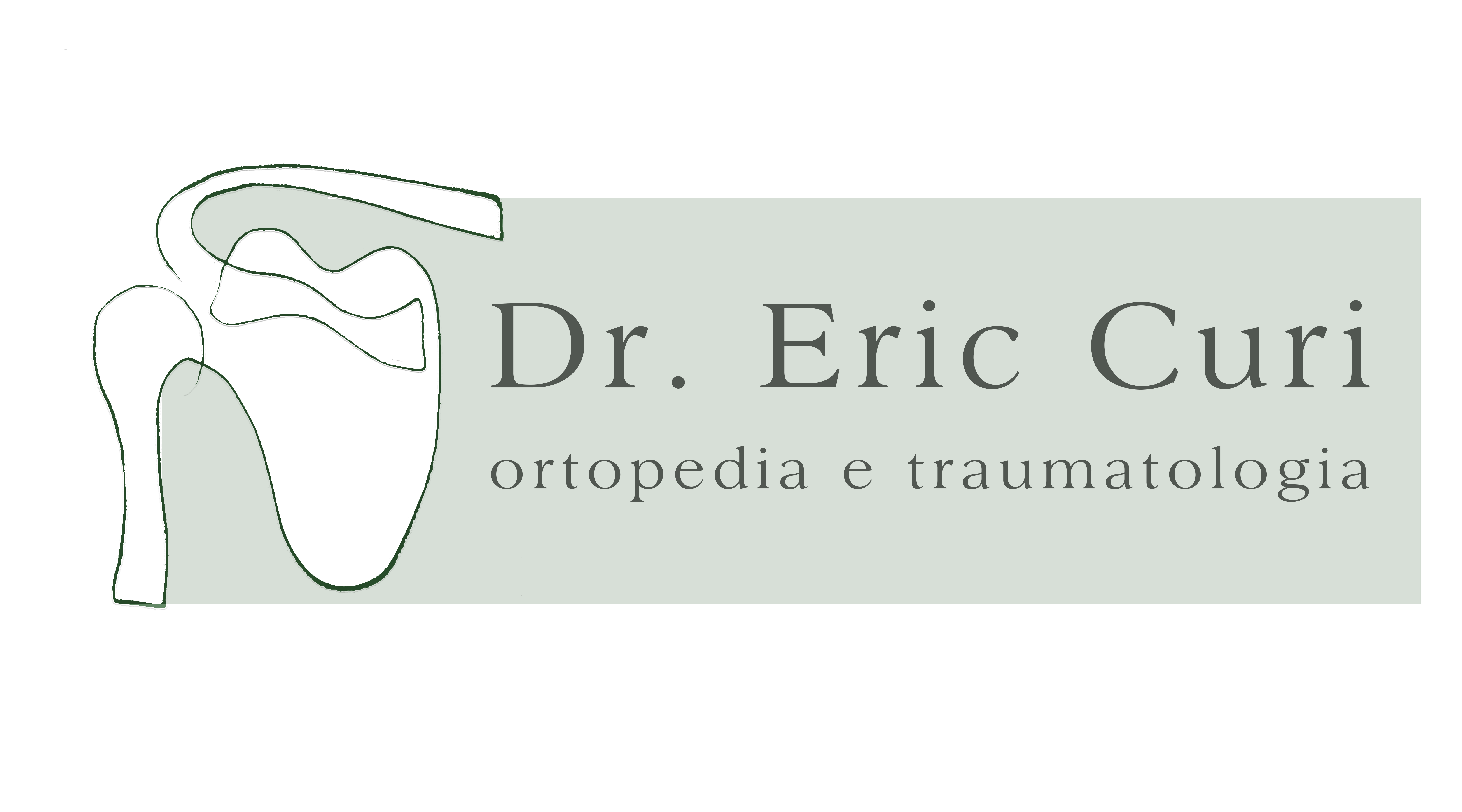Meet Dr. Eric Curi, Orthopedic Surgeon and Traumatologist, specialist in Shoulder and Elbow surgery in São Paulo.
Elbow surgery
Shoulder Pathologies
Elbow Pathologies
General Orthopedics
Last news
Elbow surgery has well-established indications and emerges as a promising solution for more severe and refractory problems affecting this joint. Consequently, it plays a crucial role in improving patients’ quality of life by providing relief and restoring function.
In this article, we will explore the nuances of this procedure, its indications, and the benefits it can bring to your life!

What is elbow surgery?
Elbow surgery is an invasive medical procedure, performed either arthroscopically or through open surgery, to treat a variety of conditions affecting this complex joint.
Understanding the indications and types of surgery is essential for those considering this therapeutic option.
Elbow surgeries may be indicated for the following conditions:
- Elbow instability;
- Elbow stiffness;
- Elbow dislocation;
- Fractures;
- Tendon injuries;
- Olecranon bursitis (infectious and severe cases);
- Osteoarthritis (elbow prosthesis);
- Epicondylitis (when conservative treatment fails).
These conditions can cause intense pain and significantly limit the arm’s functionality, thereby affecting the patient’s quality of life.
Main types of elbow surgery

Elbow surgery can be performed through arthroscopy or open surgery:
Arthroscopic Surgery
Arthroscopic surgery is less invasive. It involves small incisions of approximately 1 cm, known as portals, through which instruments and a camera are inserted, allowing necessary repairs to be performed—similar to shoulder arthroscopy.
Generally, because it causes less tissue damage, this technique allows for a faster recovery and a lower risk of complications. However, its application is more limited compared to open surgery.
Open Surgery
Open surgery is performed through a larger incision, allowing direct access to the injured area. Most elbow surgeries are performed using the open approach, including elbow fractures, complex ligament injuries (elbow dislocations), biceps tendon injuries, and epicondylitis, among other conditions.
Elbow Prosthesis (Elbow Arthroplasty)
There are different types of elbow arthroplasty, classified as partial or total elbow replacements. These are highly complex and relatively rare procedures.
A third type of elbow prosthesis, which is a distinct case, is the radial head prosthesis. This is a frequently performed arthroplasty, mainly for radial head fractures, and is much less invasive and complex than other types of elbow replacements.
Elbow arthroplasties are performed to replace the bony ends that form this joint—the distal humerus, proximal ulna (olecranon), and proximal radius (head)—with artificial components. This surgery has limited indications and is rarely recommended. Patients with severe osteoarthritis, complex fractures, or significant elbow stiffness may benefit from an elbow prosthesis.
When is elbow surgery indicated?
Elbow surgeries are performed far less frequently than shoulder surgeries. The majority of elbow-related conditions do not require surgical treatment. A specialized evaluation is essential to ensure that the treatment is appropriate and based on evidence-based medicine.
Most cases of epicondylitis, whether lateral or medial, respond well to conservative treatment. Not all elbow dislocations require surgery. Some fractures in the elbow region do not need surgical intervention, but many do, particularly those with significant displacement or joint surface involvement. These are just a few examples.
Thus, there is no simple algorithm to determine whether a case should be treated surgically or not. Treatment should always be individualized, considering the patient’s overall condition and specific circumstances.
Conclusion
Elbow surgery is a valuable option for treating certain conditions that affect this complex joint. If you are experiencing pain or loss of function in your elbow, surgery may provide relief and improve your quality of life—but it must be carefully and thoroughly evaluated.
Conclusion
Elbow surgery is a valuable option for treating certain conditions that affect this complex joint. If you are experiencing pain or loss of function in your elbow, surgery may provide relief and improve your quality of life—but it must be carefully and thoroughly evaluated.
To learn more about how elbow surgery can help you, contact Dr. Eric Curi and schedule a consultation. We are here to help you regain mobility and improve your quality of life!
Want to Learn More? Schedule a Consultation with Dr. Eric Curi.
Vila Olímpia
SARTOR - Medicina Integrada
- (11) 3045-2090
- Rua Helena, 218 - Trade Tower - 4º Andar
- Segunda - Sexta : 09:00 -18:00








